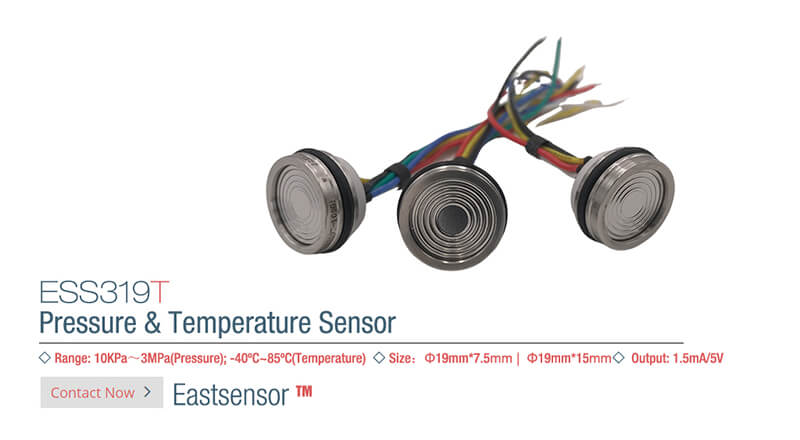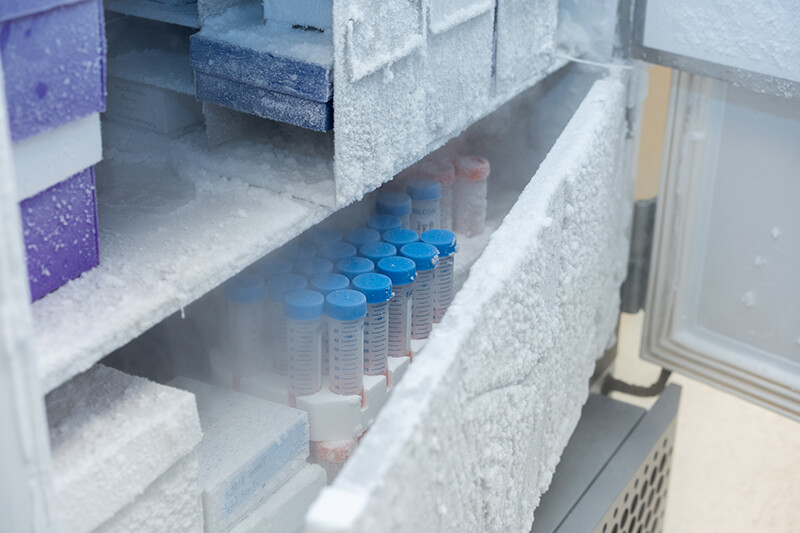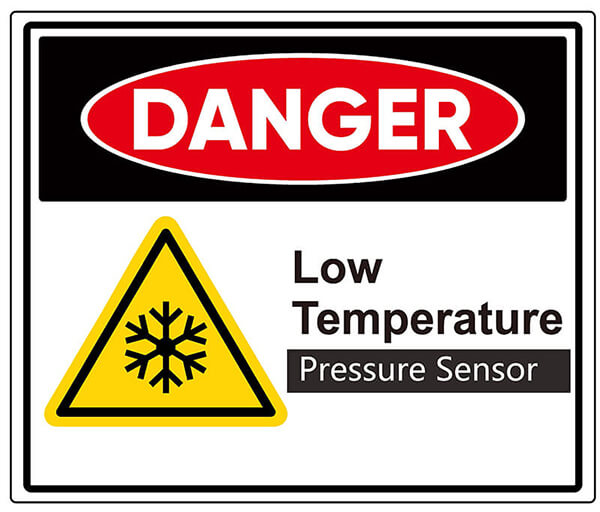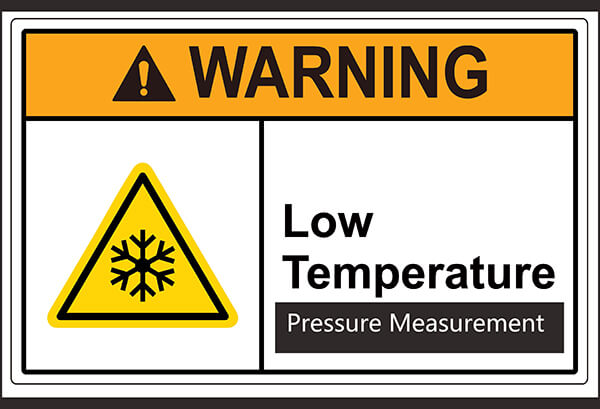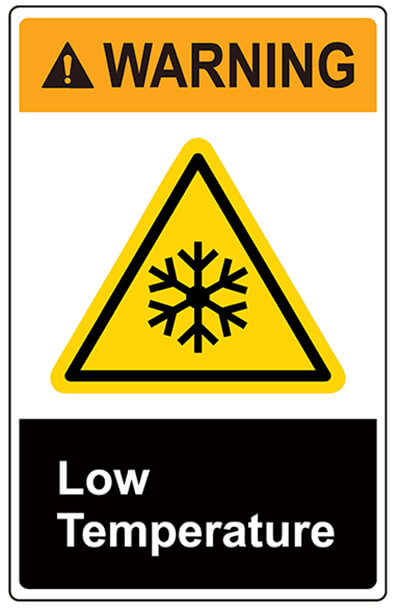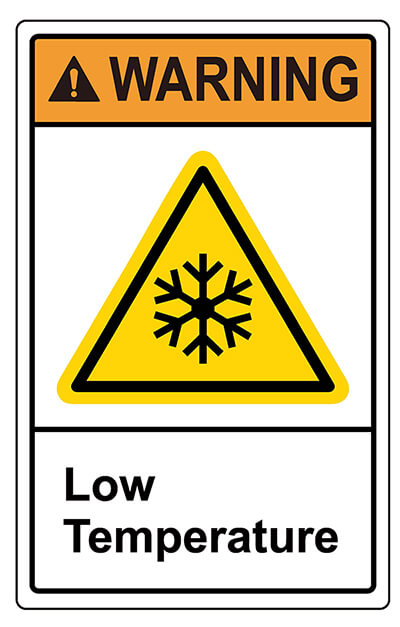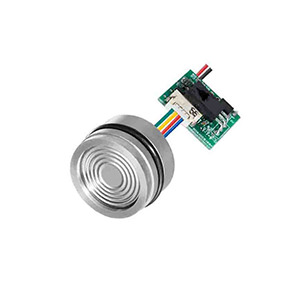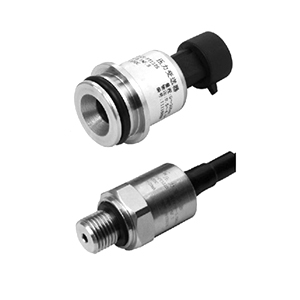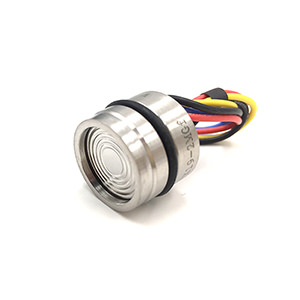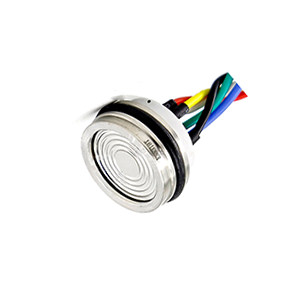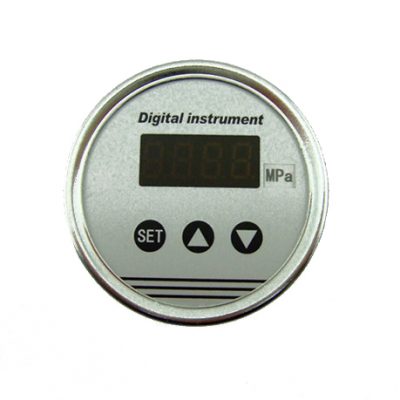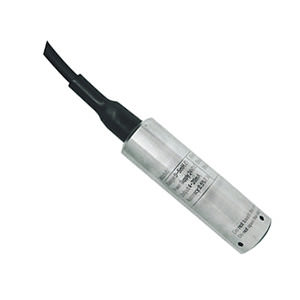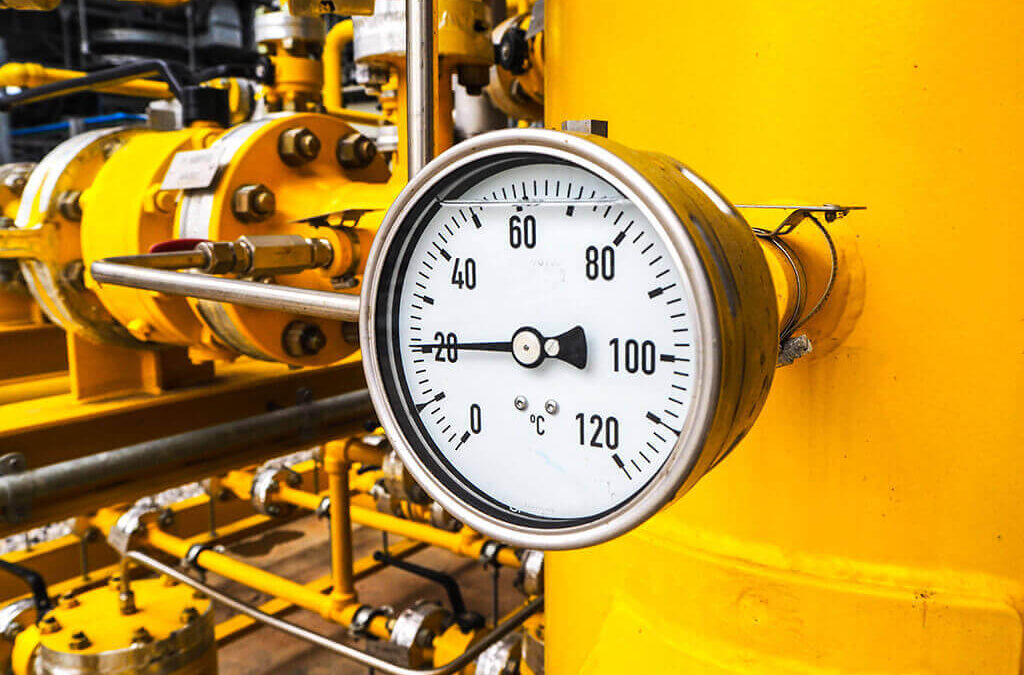
Temperature Effects on Pressure Sensor
The world of sensing technology is vast and varied, offering a plethora of options for specific applications. Among them, piezo-resistive pressure sensors have carved a distinct niche, owing to their unique characteristics and broad range of applications. As an engineer who has been working with these sensors, I’d like to walk you through their fundamentals and share some valuable insights.
What are piezo-resistance pressure sensors?
In the simplest terms, piezo-resistance pressure sensors are devices that change their electrical resistance in response to applied mechanical stress or pressure. This phenomenon, known as the piezoresistive effect, was first discovered in the mid-19th century and has since found widespread application in sensing technology.
Due to their high piezo-resistive coefficients, these sensors are typically made of semiconductor materials like silicon or germanium. The piezo-resistive elements of these sensors, often configured in a Wheatstone bridge circuit for maximum sensitivity, undergo changes in resistance that can be easily measured, providing a precise, linear output correlating with the applied pressure.
In terms of technical data, piezo-resistive pressure sensors can measure pressures ranging from a few Pascals (Pa) up to 1 Gigapascal (GPa), with a typical accuracy of 0.1% to 1% of the full scale, depending on the specific model and calibration.
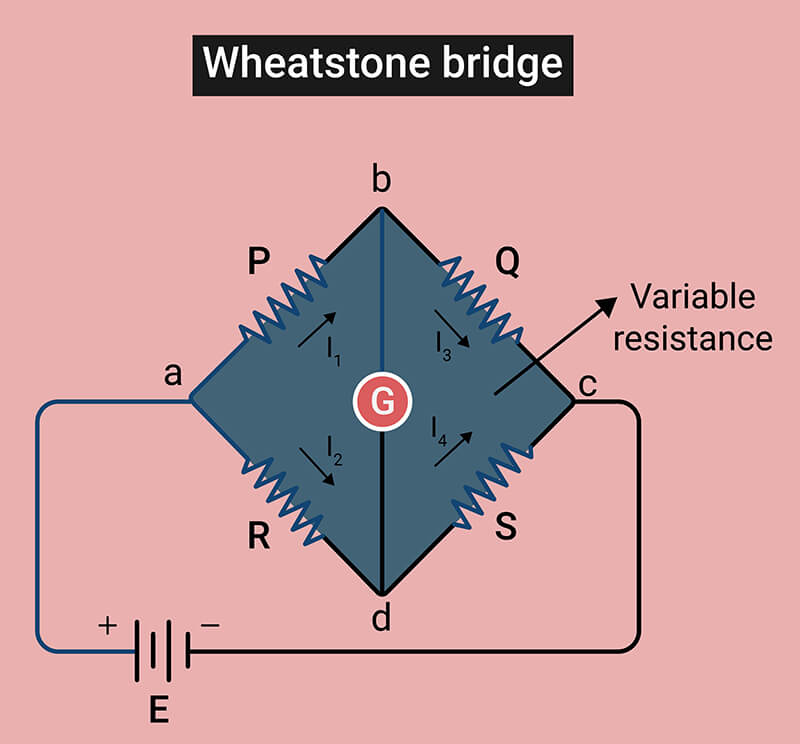
Factors Influencing Pressure Sensor Performance
Several factors can influence the performance of piezo-resistive pressure sensors. As an experienced engineer in this field, I can attest to the critical importance of understanding these influences to optimize sensor performance. Let’s delve into these factors one by one.
Temperature Effects on pressure sensor performance
One of the most significant factors that affect sensor performance is temperature. Temperature can cause changes in the sensor’s resistance, also known as the temperature coefficient of resistance (TCR), and lead to a phenomenon known as “thermal drift.”
Thermal drift results in changes in sensor output even when the pressure remains constant, thus affecting accuracy. For instance, a sensor like the ESS319, designed to operate between -40°C and 125°C, can experience drift up to ±1% of full scale over its entire operating temperature range if not adequately compensated.
Pressure range and accuracy considerations
The pressure range and accuracy of a sensor are also vital considerations. **Pressure range** is the span of pressure values a sensor can reliably measure. Choosing a sensor whose pressure range aligns with the application is essential to ensure accurate and reliable measurements.
On the other hand, the accuracy of a sensor represents how close a measurement is to the true value. Accuracy is usually expressed as a percentage of full scale (%FS) and includes the combined effects of non-linearity, hysteresis, and non-repeatability. For instance, the Bosch BMP280 sensor has an accuracy of ±1 hPa, which equates to ±1% of the sensor’s full-scale output.
Materials and fabrication process
The materials used to construct the sensor and the fabrication process can significantly influence its performance. Silicon and germanium are common materials due to their high piezo-resistive coefficients, but their choice may vary depending on the application’s specific requirements.
In the fabrication process, the sensor’s design and construction, such as the type of Wheatstone bridge circuit used, can impact its sensitivity and performance. For instance, a “full-bridge” configuration, where all four elements are active, is often used to maximize sensitivity and minimize temperature effects.
Calibration and compensation techniques
Sensors often require calibration and compensation techniques to achieve optimal performance and accuracy. Calibration involves measuring the sensor’s output against known pressure values, while compensation techniques are used to counteract performance-limiting factors like temperature effects.
Temperature compensation can be achieved through methods like offset compensation, gain compensation, and curvature compensation. These methods can effectively reduce the thermal drift, improving the sensor’s overall performance and accuracy.
The Physics Behind Temperature Effects on Piezo-resistance
The interplay between temperature and piezo-resistive effects is grounded in the fundamental principles of semiconductor physics. Understanding these principles can provide profound insights into optimizing sensor performance in varied temperature conditions.
One of the key characteristics of semiconductors, like silicon and germanium, which are commonly used in piezo-resistive sensors, is the temperature dependence of their resistivity. Unlike metals with positive temperature coefficients of resistance (TCR), semiconductors have a negative TCR at higher temperatures.
This means that as the temperature increases, the resistivity in semiconductors decreases. The reason behind this is an increase in the number of charge carriers (electrons and holes) due to thermal energy. It’s this property that contributes to the change in resistance with temperature, directly impacting the sensor’s performance.
For silicon, the TCR is approximately -0.075 per °C at room temperature, implying that for every degree Celsius increase in temperature, the resistance decreases by about 7.5%.
Explanation of the piezo-resistive effect
The piezo-resistive effect is the change in resistance of a material due to applied mechanical strain. In a piezo-resistive pressure sensor, pressure-induced deformation changes the resistance of the piezo-resistive elements, which can be accurately measured to derive the applied pressure.
What’s intriguing about this effect is that it is also temperature-dependent. An increase in temperature can cause the piezo-resistive elements to expand, thereby altering their resistance independently of the applied pressure. This is one of the primary reasons why temperature has such a profound impact on piezo-resistive sensor performance.
Change in resistance with temperature variation
When temperature changes, the resistance of the piezo-resistive elements in the sensor changes due to both the temperature dependence of resistivity in semiconductors and the piezo-resistive effect. This can lead to erroneous pressure readings if not properly managed.
Engineers use the temperature coefficient of resistance (TCR) to quantify this change, expressed in %/°C. As mentioned earlier, the TCR for silicon is about -0.075 per °C. So, if a sensor with a nominal resistance of 1000 Ohms experiences a temperature increase of 10°C, its resistance could decrease by approximately 75 Ohms.
| Concept | Explanation | Impact | Example |
|---|---|---|---|
| Temperature Dependence of Resistivity | Resistivity in semiconductors decreases with temperature increase due to increase in charge carriers | Impacts sensor's resistance | Silicon's TCR: -0.075 per °C |
| Piezo-resistive Effect | Change in resistance due to applied mechanical strain, which is temperature-dependent | Alters sensor resistance independently of applied pressure | - |
| Change in Resistance with Temperature | Resistance changes due to temperature dependence of resistivity and piezo-resistive effect | Can lead to erroneous pressure readings | Change in resistance for a 10°C increase: ~75 Ohms |
Temperature Sensitivity and Its Impact on Sensor Performance
Temperature sensitivity is a crucial aspect in the context of piezo-resistive pressure sensors. Its impact on the sensor performance is significant and thus, needs to be properly understood for ensuring accurate measurements.
Definition of temperature sensitivity
In sensor technology, temperature sensitivity is defined as the change in sensor output due to a temperature change, independent of the measured parameter. In the case of piezo-resistive pressure sensors, it is the change in resistance (hence the sensor’s output voltage) for a given temperature change in the absence of an applied pressure.
The temperature sensitivity is typically expressed as a percentage change in output per degree Celsius (%/°C). For example, a temperature sensitivity of 0.1%/°C would mean that for every 1°C increase in temperature, the sensor’s output changes by 0.1%.
Importance of minimizing temperature sensitivity for accurate measurements
Minimizing temperature sensitivity is paramount for ensuring accurate measurements, especially in applications where the sensor is subjected to a wide range of operating temperatures.
Uncompensated temperature sensitivity can lead to erroneous pressure readings, even when the pressure remains constant, due to temperature-induced changes in sensor resistance.
Take, for instance, an industrial pressure sensor with a temperature sensitivity of 0.1%/°C, used in an environment with a temperature variation of 50°C. In this case, the sensor’s output could vary by as much as 5%, independent of any pressure changes, which could result in significant measurement errors if not properly addressed.
Influence of temperature sensitivity on the pressure sensing
Temperature sensitivity can significantly impact the accuracy of pressure sensing. Changes in temperature can alter the resistance of the sensor elements even without any pressure variation, leading to a “false” pressure reading. The sensor measurement accuracy thus gets affected, with a potential risk of skewed data, particularly in high precision applications.
Moreover, in dynamic environments where temperature changes rapidly, these effects can become even more pronounced, leading to fluctuating sensor readings and creating challenges for system control and stability.
Material Differences and Temperature Effects
The choice of material for piezo-resistive pressure sensors significantly impacts their performance and sensitivity to temperature variations. Let’s look at the most common materials used and understand their characteristics.
Comparison of common piezo-resistive materials (silicon, germanium, and polysilicon)
Silicon, germanium, and polysilicon are widely used in piezo-resistive pressure sensors due to their excellent piezo-resistive properties.
- Silicon: it has a large piezo-resistive coefficient, making it highly sensitive to pressure changes. Its TCR is about -0.075 per °C at room temperature. While its high sensitivity makes it ideal for precision measurements, it also implies high temperature sensitivity, which needs to be effectively managed.
- Most commonly used material for pressure sensors due to low cost, good mechanical properties and stability at high temperatures.
- Has a temperature coefficient of resistance (TCR) of around 2,900ppm/°C. This means the sensor’s electrical signal will vary by 2,900 parts per million for every 1°C change in temperature, which affects the sensor’s accuracy.
- Good for general industrial and automotive pressure sensing applications.
- Germanium, on the other hand, has a smaller piezo-resistive coefficient than silicon, resulting in less sensitivity to pressure changes. However, it has a higher TCR, around -0.04 per °C, making it more temperature-sensitive.
- Has a TCR of around -200ppm/°C, which is significantly lower than silicon.
- This means germanium-based pressure sensors have much less variation in electrical signal due to temperature changes, resulting in higher temperature stability and accuracy.
- Used for applications that require stable and accurate measurements over wide temperature ranges, like aerospace and medical.
- Polysilicon is often used due to its good piezo-resistive properties and stability over a wide temperature range. It also tends to have lower temperature sensitivity compared to crystalline silicon or germanium.
- Polysilicon is essentially many tiny silicon crystals formed in a matrix.
- Has a lower TCR than bulk silicon, around 1,500 to 2,000ppm/°C.
- Provides better temperature stability than silicon but not as good as germanium.
- Used for applications that need some improvement in temperature stability over standard silicon sensors, like consumer electronics and some industrial uses.
In summary, germanium material provides the best temperature sensitivity and accuracy for pressure sensors due to its very low TCR, but costs more than silicon or polysilicon. Silicon and polysilicon offer good stability at reasonable cost, with polysilicon offering better temperature stability than standard silicon.
Material properties affecting temperature sensitivity
Several material properties affect temperature sensitivity, including the temperature coefficient of resistance (TCR), the piezo-resistive coefficient, and thermal expansion coefficient.
The TCR affects how much the material’s resistance changes with temperature. Materials with a high absolute value of TCR will have higher temperature sensitivity. The piezo-resistive coefficient impacts the sensitivity of the sensor to pressure changes, and materials with a higher piezo-resistive coefficient will have higher pressure sensitivity. The thermal expansion coefficient relates to how much the material expands or contracts with temperature, which can also impact the sensor’s output.
Choosing the appropriate material for a specific application is a balance between sensitivity, temperature effects, and other application-specific requirements. For applications requiring high precision and sensitivity, silicon might be a good choice. However, its high temperature sensitivity would need to be effectively managed through calibration and compensation techniques.
In contrast, for applications where temperature stability is more important than absolute sensitivity, polysilicon could be a more suitable choice due to its good stability over a wide temperature range.
| Material | Piezo-resistive Coefficient | TCR (per °C) | Thermal Expansion Coefficient (per °C) | Potential Applications |
|---|---|---|---|---|
| Silicon | High | -0.075 | 2.6 x 10^-6 | Precision measurements in automotive, aerospace, medical applications |
| Germanium | Medium | -0.04 | 6.1 x 10^-6 | General purpose sensors in consumer electronics, industrial applications |
| Polysilicon | Good | Lower than Silicon & Germanium | Varies based on doping and fabrication process | Applications requiring temperature stability, like environmental monitoring systems, HVAC |
Temperature Compensation Techniques and Their Implementation
Given the significant impact of temperature on piezo-resistive pressure sensor performance, implementing effective temperature compensation techniques is critical. Here are a few commonly used methods:
Wheatstone Bridge Configuration for Compensation
A Wheatstone bridge is a circuit used to measure unknown electrical resistance by balancing two halves of a bridge circuit. It’s a common configuration in piezo-resistive pressure sensors due to its inherent ability to provide temperature compensation.
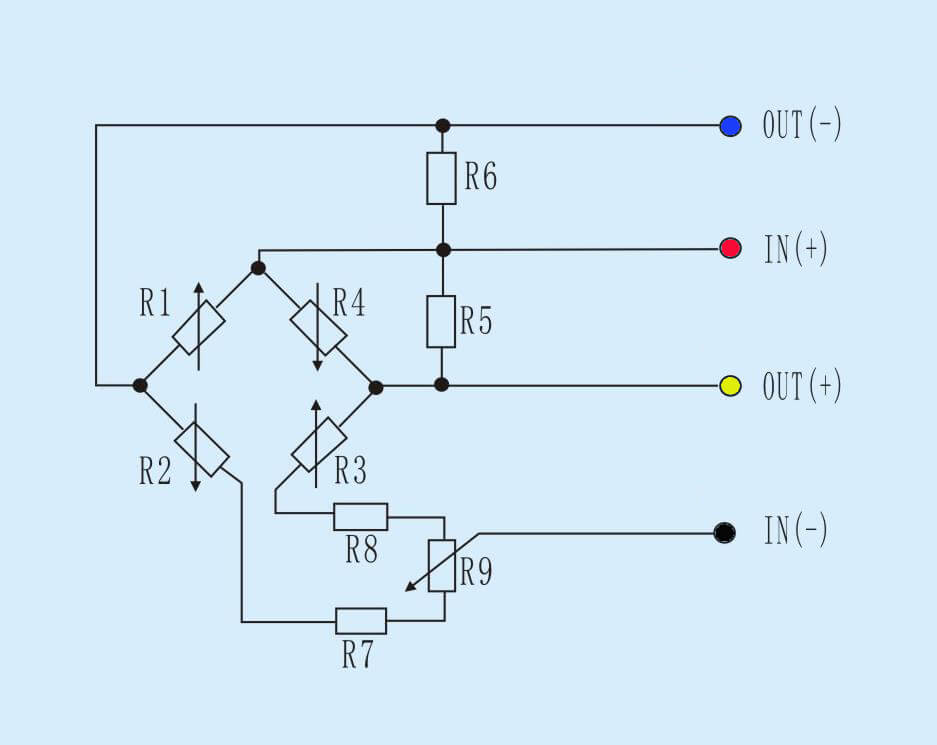
The bridge consists of four resistive arms. In a piezo-resistive pressure sensor, the piezo-resistive elements are arranged in these arms. When subjected to temperature changes, all elements expand or contract uniformly, thereby maintaining the balance of the bridge. This significantly reduces the net output voltage change due to temperature variations, providing a level of temperature compensation.
However, this method only compensates for the uniform changes in temperature across the sensor. It doesn’t account for the changes due to pressure-induced stress, which is why additional compensation techniques are often necessary.
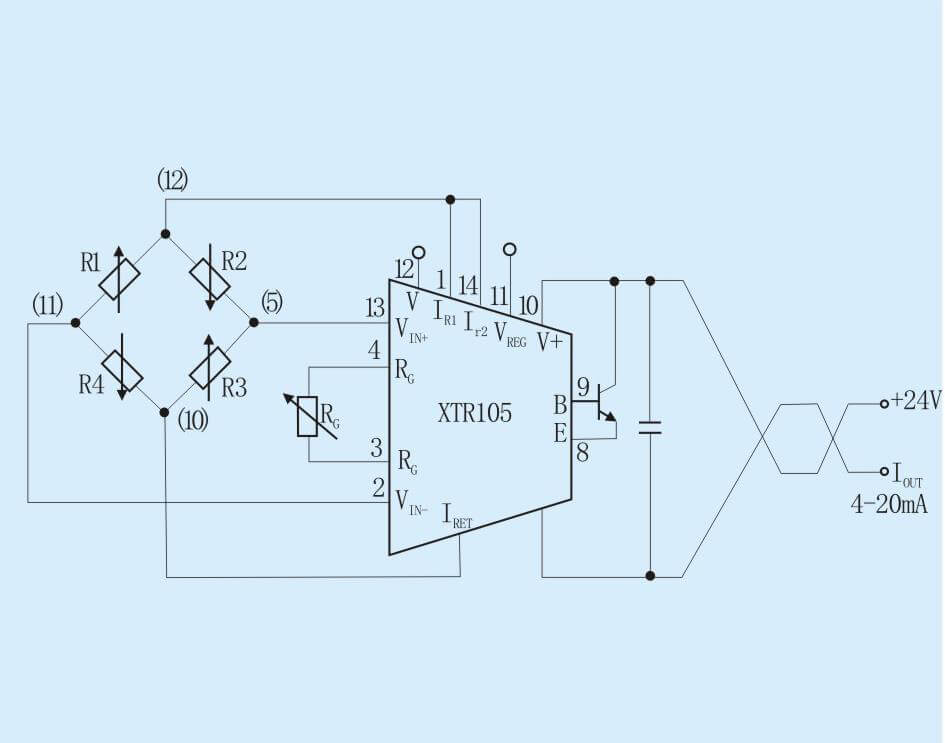
Analog and Digital Temperature Compensation Methods
In addition to the Wheatstone bridge, both analog and digital methods can be used for temperature compensation.
Analog temperature compensation often involves adding components to the sensor circuitry that have a known and opposite temperature coefficient compared to the sensing elements. For instance, a resistor with a positive temperature coefficient could be used in conjunction with a piezo-resistive sensor (with a negative temperature coefficient) to counteract the sensor’s inherent temperature sensitivity.
Digital temperature compensation, on the other hand, typically involves the use of a microcontroller or digital signal processor. The sensor’s output and a temperature sensor’s output are digitized and fed into the processor, which applies a compensation algorithm to correct for temperature effects. This approach allows for more sophisticated and accurate compensation but requires more complex circuitry and programming.
The use of Temperature-Sensitive Resistors for Compensation
Another effective method for temperature compensation involves the use of temperature-sensitive resistors, also known as thermistors. Thermistors exhibit a strong temperature dependence in their resistance, which can be either negative (NTC) or positive (PTC).
By incorporating a thermistor into the sensor’s circuit, its resistance change due to temperature can be used to offset the piezo-resistive elements’ resistance change, thereby compensating for temperature effects. The key here is to carefully select and position the thermistor so its temperature-induced resistance change accurately matches the change in the piezo-resistive elements.
| Compensation Technique | Implementation | Advantages | Limitations |
|---|---|---|---|
| Wheatstone Bridge Configuration | Uniform expansion/contraction of all resistive elements | Simple, inherent compensation | Doesn't account for pressure-induced stress changes |
| Analog Compensation | Use of components with opposite temperature coefficients | Effective for linear temperature effects | May not be suitable for complex, non-linear temperature effects |
| Digital Compensation | Use of a microcontroller or DSP to apply a compensation algorithm | Can handle complex, non-linear temperature effects | Requires complex circuitry and programming |
| Use of Thermistors | Incorporation of a temperature-sensitive resistor into the circuit | Can provide precise compensation | Requires careful selection and positioning of the thermistor |
Strategies for Reducing Temperature Sensitivity in Piezo-resistance Pressure Sensors
While it is challenging to eliminate temperature sensitivity in piezo-resistive pressure sensors completely, certain strategies can help reduce it significantly, further improving the accuracy and reliability of these sensors in various temperature environments.
Use of pressure sensor packaging materials with low thermal conductivity
One such strategy is the use of packaging materials with low thermal conductivity. These materials can provide a thermal barrier that helps isolate the sensing element from the surrounding environment, thereby minimizing temperature fluctuations that reach the sensor.
Some considerations for sensor packaging materials:
- Ceramic encapsulation is commonly used for lower temperature sensitivity. Ceramics like aluminum oxide and silicon nitride have very low thermal conductivity, around 20-30 W/mK. In comparison, metals used in sensor packaging like stainless steel have thermal conductivity over 10 times higher. Using ceramic encapsulation for the sensor body and cover can reduce temperature sensitivity by 30-50%.
- Epoxy coatings are sometimes applied over metallic sensor housings. Epoxies typically have thermal conductivity in the range of 0.2-0.8 W/mK, which is significantly lower than metals. Epoxy coatings can provide some degree of thermal isolation.
- Plastic materials like PEEK and polyimide films offer even lower thermal conductivity, around 0.25 W/mK. However, plastics may not be suitable for withstanding high pressures.
- The thickness of packaging materials also influences temperature sensitivity. Thicker, more bulky sensor housings provide better thermal isolation for the sensor element.
Thermal isolation of the sensing element from the surrounding environment
Another effective strategy is the thermal isolation of the sensing element. This can be achieved by creating a thermally insulating layer around the sensing element, essentially creating a ‘thermal buffer’ that protects the sensor from rapid temperature changes.
This isolation helps to maintain a stable temperature at the sensing element, reducing the temperature-induced changes in sensor resistance and thus improving the accuracy of the pressure readings.
For example:
- Creating an air gap around the sensor element is very effective at reducing heat transfer. Even a 0.5 mm air gap can decrease temperature sensitivity by 20-30%. However, this requires a more complex sensor design with an enclosure for the air gap.
- Emitting fins or other features on the exterior of the sensor body can help dissipate excess heat, maintaining a stable temperature of the sensor element.
- Using spring elements to suspend the sensor element away from the body can provide thermal isolation while still transmitting pressure forces accurately.
Sensor-embedded temperature sensors for real-time compensation
A third way to reduce the temperature sensitivity of a piezoresistive pressure sensor is to use a sensor embedded temperature sensor for real-time compensation. A sensor embedded temperature sensor is a small temperature sensor that is placed in close proximity to the sensor element. The temperature sensor measures the temperature of the sensor element and sends the data to the pressure sensor’s microcontroller. The microcontroller uses the temperature data to compensate for the temperature sensitivity of the sensor element.
Sensor embedded temperature sensors are a relatively new technology, but they are becoming increasingly popular because they offer a number of advantages over traditional methods of temperature compensation. For example, sensor embedded temperature sensors are very accurate and they can provide real-time compensation. This means that the pressure sensor can compensate for temperature changes as they happen.
ESS319T Pressure & Temperature Ingerated Sensor
Integrating a temperature sensor directly into the pressure sensor allows for real-time temperature compensation of the pressure measurements:
- The temperature sensor can be a thermistor, RTD, or semiconductor sensor placed very close to the pressure-sensing element.
- As temperature changes, the actual pressure readings can be mathematically adjusted based on the relationship between pressure and temperature sensitivity for that sensor.
- This active compensation technique can reduce temperature effects to below 0.1% of full scale, a level often unattainable by passive thermal isolation methods alone.
- The temperature sensor and compensation circuitry add to the cost and complexity of the pressure sensor. But for applications requiring high accuracy, it is often necessary.
| Strategy | Description | Benefits | Considerations |
|---|---|---|---|
| Use of low thermal conductivity materials | Packaging sensor with thermally insulating materials | Protects sensor from external temperature fluctuations | Must also fulfill durability, chemical resistance, and mechanical stability requirements |
| Thermal isolation of the sensing element | Creating a thermal buffer around the sensing element | Maintains a stable temperature at the sensing element, reducing temperature-induced resistance changes | Effectiveness depends on insulation material and design |
| Embedding temperature sensors | Incorporation of a temperature sensor within the sensor package | Enables real-time, dynamic temperature compensation | Requires additional circuitry and calibration |
Conclusion and Future Developments
Minimizing temperature effects on piezo-resistive pressure sensor performance remains a challenging task. While strategies such as selecting suitable materials, implementing compensation techniques, and employing effective packaging designs have significantly improved sensor performance, perfect temperature insensitivity remains elusive.
However, there is reason for optimism. Materials science and sensor design advances are continuously improving the temperature sensitivity of piezo-resistive pressure sensors. For instance, new composite materials and nanomaterials are being explored for their superior temperature stability and piezo-resistive properties. Further, innovative sensor designs, such as multi-layer structures and complex Wheatstone bridge configurations, also enhance sensor performance in variable temperature environments.
As we have seen, understanding and effectively addressing temperature effects is crucial for ensuring reliable pressure sensing across various applications – from HVAC systems and automotive applications to medical devices and aerospace applications.
As we look to the future, the continued exploration of new materials, sensor designs, and compensation techniques, coupled with advancements in microfabrication and nanotechnology, promises even better performance and broader application possibilities for piezo-resistive pressure sensors.

